Serratus Posterior Muscle
Introduction
The Serratus posterior muscles are a pair of muscles located in the upper back and chest region of the human body. These muscles are divided into two groups: the serratus posterior superior and the serratus posterior inferior.
The upper and lower backs each include a pair of serratus posterior muscles. The serratus posterior superior muscle and serratus posterior inferior muscle are two of them which are part of the serratus posterior. These muscles work together to form the middle layer of the back’s extrinsic musculature. Obliquely connecting the rib cage to the spinal column are the serratus posterior muscles. These muscles’ primary job is to make breathing easier; the serratus posterior superior muscle raises the ribs, whilst the serratus posterior inferior muscle lowers them. In the case of forced breathing, these actions are particularly crucial.
A thin, quadrilateral muscle, the serratus posterior superior. It is located deep within the rhomboid muscles at the upper back region of the thorax. The posterior serratus muscle also referred to as the serratus posterior inferior muscle, is a muscle in the human body. It moves laterally and upward in an oblique manner before becoming fleshy and splitting into four flat digitations. The latissimus dorsi muscle’s aponeurosis and the thoracolumbar fascia are closely woven together with the thin aponeurosis of origin.
Origin and insertion
The serratus posterior muscles are also known as the spinocostal muscles because they extend from the spinous processes of the vertebrae to the ribs.
The nuchal ligament, the spinous processes of vertebrae C7–T3, and the related supraspinous ligaments all contribute to the development of the serratus posterior superior muscle, which appears as a thin tendinous sheet. The fibers of the muscle reach inferolateral to the side of the posterior thoracic cage. Each of the four finger-like projections that make up the muscle’s insertion is located lateral to the angles of ribs 2 to 5 on their posterosuperior surface. The splenius cervicis is covered by the thoracolumbar fascia, which includes the serratus posterior superior muscle. It is located deep within the trapezius and rhomboid muscles.
The spinous processes of vertebrae T11–L2 and their supraspinous ligaments are the source of the serratus posterior inferior muscle. It then ascends anterolaterally to insert onto the inferoposterior portion of ribs 9 to 12, just lateral to their angles, from there. The latissimus dorsi muscle is deep to the serratus posterior inferior muscle, which is located deep in the erector spinae muscle group and the thoracolumbar fascia. The lateral branches of the T7–T12 spinal thoracic nerves puncture it.
Nerve supply
The intercostal nerves T2-T5 innervate the serratus posterior superior.
The anterior rami of the spinal nerves T9–T11, as well as the subcostal nerves (T12), innervate the serratus posterior inferior.
Blood supply
The posterior intercostal arteries supply both muscles with blood flow. The subcostal artery and upper lumbar arteries provide extra blood flow to the serratus posterior inferior.
Function
Although the serratus posterior muscles’ role in respiration is still hotly contested, it is generally accepted that they do. The serratus posterior superior, an auxiliary muscle of inspiration, assists inspiration by raising the ribs. In contrast, the serratus posterior inferior, an auxiliary muscle of expiration, supports the ribs during expiration. To help the trunk rotate and extend, the serratus posterior inferior pulls the lower ribs backward and downward. The forced inhalation and forced exhalation of air from the lungs may also be facilitated by this rib movement.
Clinical relations
The scapulocostal syndrome is a condition that can be brought on by overusing the serratus posterior superior and other back muscles, such as while holding the phone between the ear and shoulder. Pain and paresthesia along the medial scapular border extending to the neck, chest, and upper extremities are its defining symptoms. One of the defining symptoms is the pain experienced in the little finger when the muscle is palpated. Lifting objects with outstretched hands or engaging in other activities that put pressure on the serratus posterior superior muscle can make the pain severe.
Clinically, the scapulocostal syndrome might be mistaken for cervical radiculopathy, a spinal nerve lesion that frequently manifests as numbness, muscle weakness, and further neurological impairments (such as absent or weak reflexes). A differential diagnosis should include taking arthritis or rotator cuff tear into consideration.
Serratus posterior exercise
The greatest technique to exercise the Serratus Posterior is to just sit up straight and breathe deeply. Friel advises to “keep your pelvis tucked under you,” which implies it should be level with the ground. Squeeze your glutes and abs as you stand up; you’ll feel your pelvis stabilize. Simulate a fishing line being pulled straight up from your sternum (your breastbone) at the same moment. A straight back and a level pelvis are the ideal postures.
While seated, practice breathing. Take 20–25 slow, deep breaths, bringing the air to your belly. Instead of allowing your shoulders to rise and fall, this entails stretching your belly in all directions. Breathe in for 8–10 seconds, then exhale for 6–8 seconds.
Because it is buried beneath the trapezius, rhomboids, back muscles, and other muscles, we are unable to palpate this muscle. To better expose the Serratus Posterior muscle, we must remove the shoulder blade.
The Serratus Posterior muscle can be self-massaged by the patient utilizing a trigger fairy or massage ball.
Place the message ball next to your shoulder blade at the level of the scapula’s spine. Moving your arm to the opposite side will cause your shoulder blade to recede, exposing more muscle. Once you’ve located a trigger spot, halt your movement and use slow, exact motion. It’s simpler and less taxing to use the trigger fairy than the message pall.
To start, cross your arm to the opposite side, place the trigger fairy on the muscle with the opposite hand, and feel for trigger points. Once you do, stop and either move the messaging fairy in a circle or pull it forward and downward. Take slow, deep breaths and lengthen your exhalations for better outcomes when you begin working on the trigger point with a fairy.
Your upper body and ribs can bend and twist with the aid of your lower back’s serratus posterior muscles. Due to its heavy involvement in movement and bearing the weight of the upper body, this region of the back is particularly prone to unpleasant pulls and strains. Fortunately, there are many exercises that can reduce pressure on the serratus posterior.
Ball Balance
Your palms should be on the ground, and your feet should be flat on an exercise ball. Gently raise your right arm upward towards the ceiling. Repeat with the left arm, lowering it to the ground. Alternately raise your right and left legs by four inches from the ground. Combine the two processes after you are at ease with them. Lift both your right leg and left arm off the ground simultaneously. For at least a minute, continue alternating between arm and left lifts.
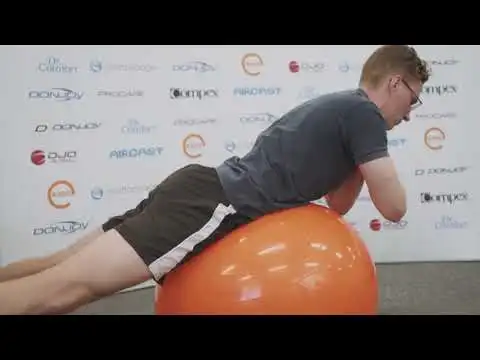
Lower Back Flexion
Your arms should be at your sides as you lay flat on your back. Lift your head and neck forward while carefully bringing your knees to your chest. Once your back is comfortably stretched, continue to curl inward until you are balled up. After holding the motion for around 30 seconds, slowly return to the beginning position. Up to ten times more, repeat.
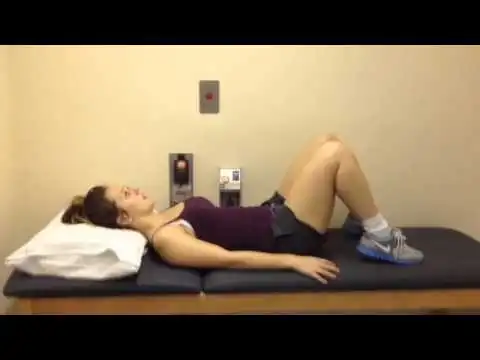
Hip Flexor Exercise
Your lower legs should hang off the end of the bed while you lay on your back there. Take hold of the backs of your thighs, then slowly raise your knees to your chest. Keep your right knee bent as you slowly lower your leg toward the ground. When the top of your thigh and your back begin to stretch, stop lowering it. Hold for 20 seconds before letting go and rolling back into a ball. After four more repetitions, switch legs.
Cross Reverse Lunge
Place your feet approximately shoulder-width apart as you stand on a flat surface. Lunge with your left leg until your right knee is at a 90-degree angle by stepping your right foot back. Keep your knee from crossing your toes. Turn your waist to the left until your left leg is in front of you. Return to standing after holding the exercise for a little while. As many times as needed, repeat on the right leg while switching legs.
FAQs
How deep is the serratus posterior muscle?
A slender, quadrilateral muscle, the serratus posterior superior. It is located deep within the rhomboid muscles at the upper back region of the thorax. The serratus posterior superior muscle can be seen in the center as a thin, film-like substance.
What causes tightly serratus posterior?
Any of the following factors may be the cause of trigger points: raising while twisting the body. stretching too far up in the air or off to the side. lifting anything heavy with your back muscles rather than your legs.
What is the serratus posterior muscle’s purpose?
These muscles primary job is to make breathing easier; the serratus posterior superior muscle raises the ribs, whilst the serratus posterior inferior muscle lowers them. In the case of forced breathing, these actions are particularly crucial.
What is a pain pattern in the serratus posterior?
A continual “deep ache” under the upper part of the scapula is a common description of pain from the serratus posterior superior. The ulnar side of the forearm, hand, and little finger might all experience pain that runs down the back of the shoulder and arm.
What are the serratus posterior’s points of attachment?
What are the serratus posterior’s points of attachment?
It is innervated by intercostal nerves 2-5 and inserts on the upper margins of ribs 2–5. The upper two to three lumbar vertebrae (L1–L3) and the lower two thoracic vertebrae (T11–T12) are where the supraspinal ligament and the serratus posterior inferior start.


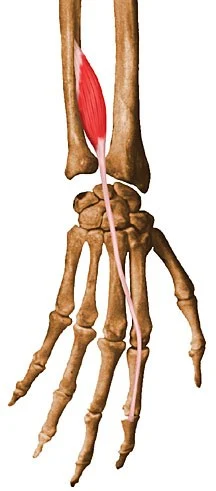



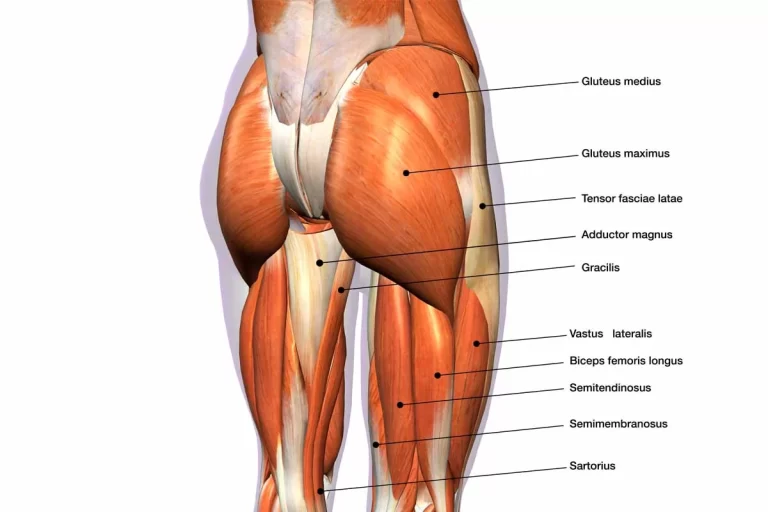
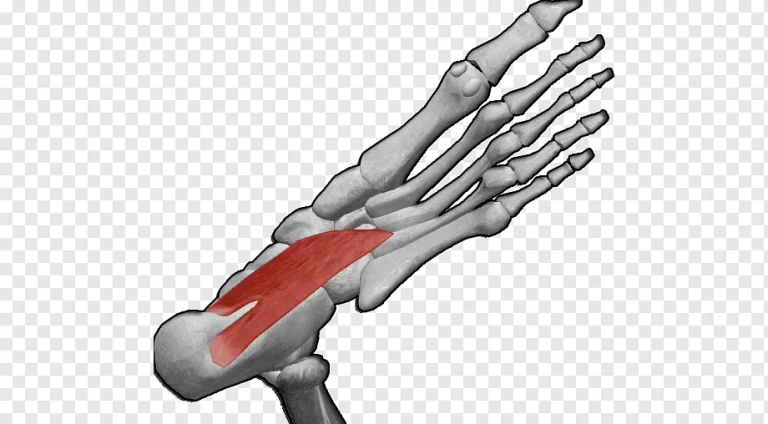
One Comment